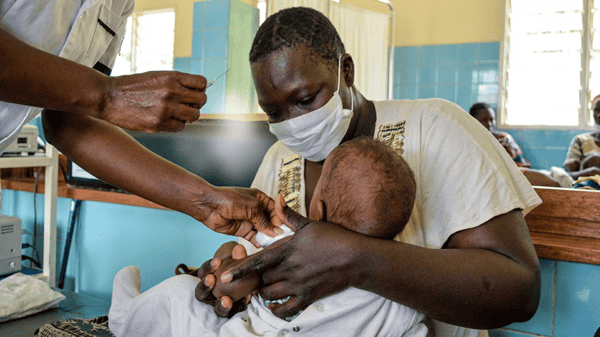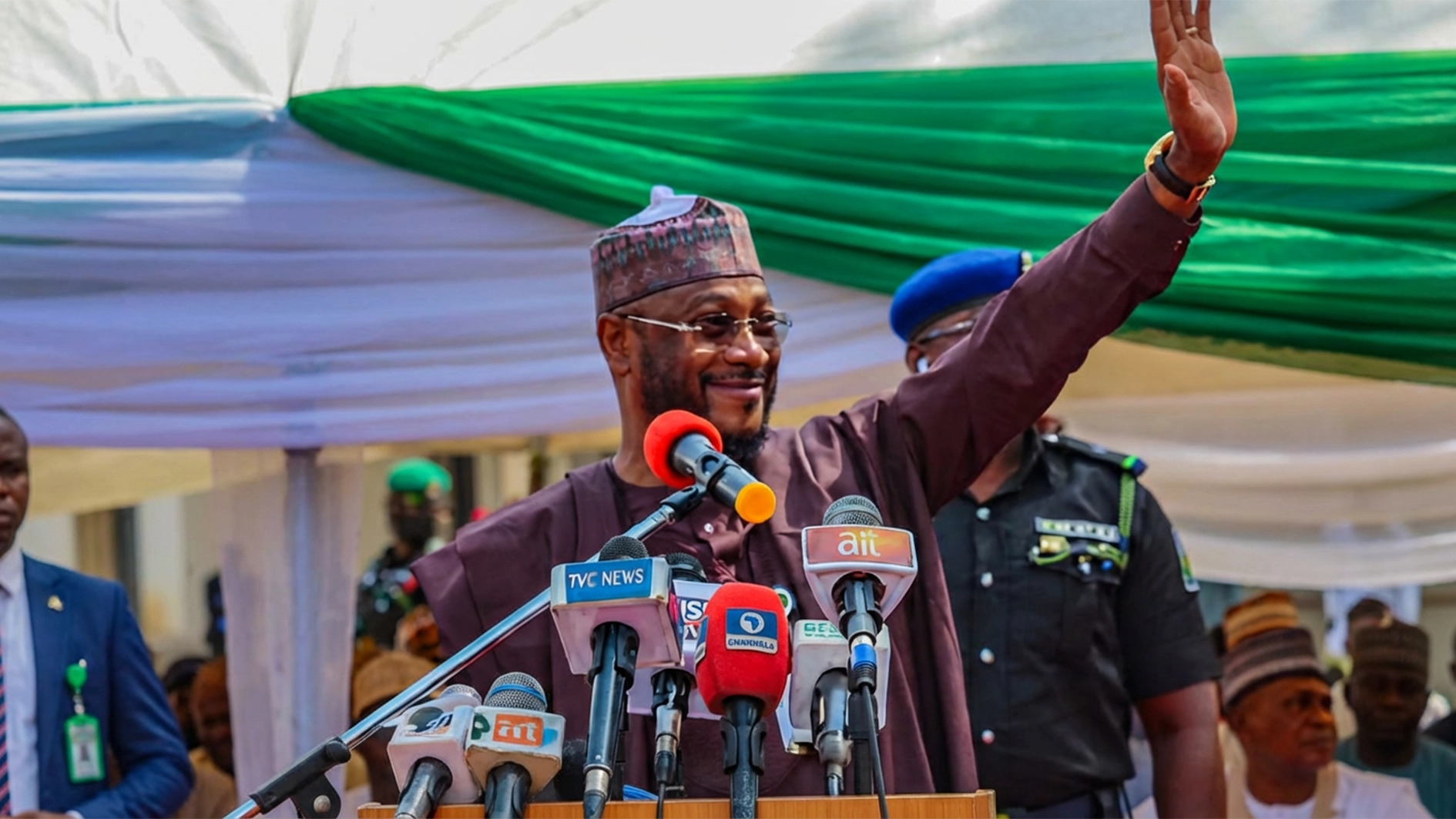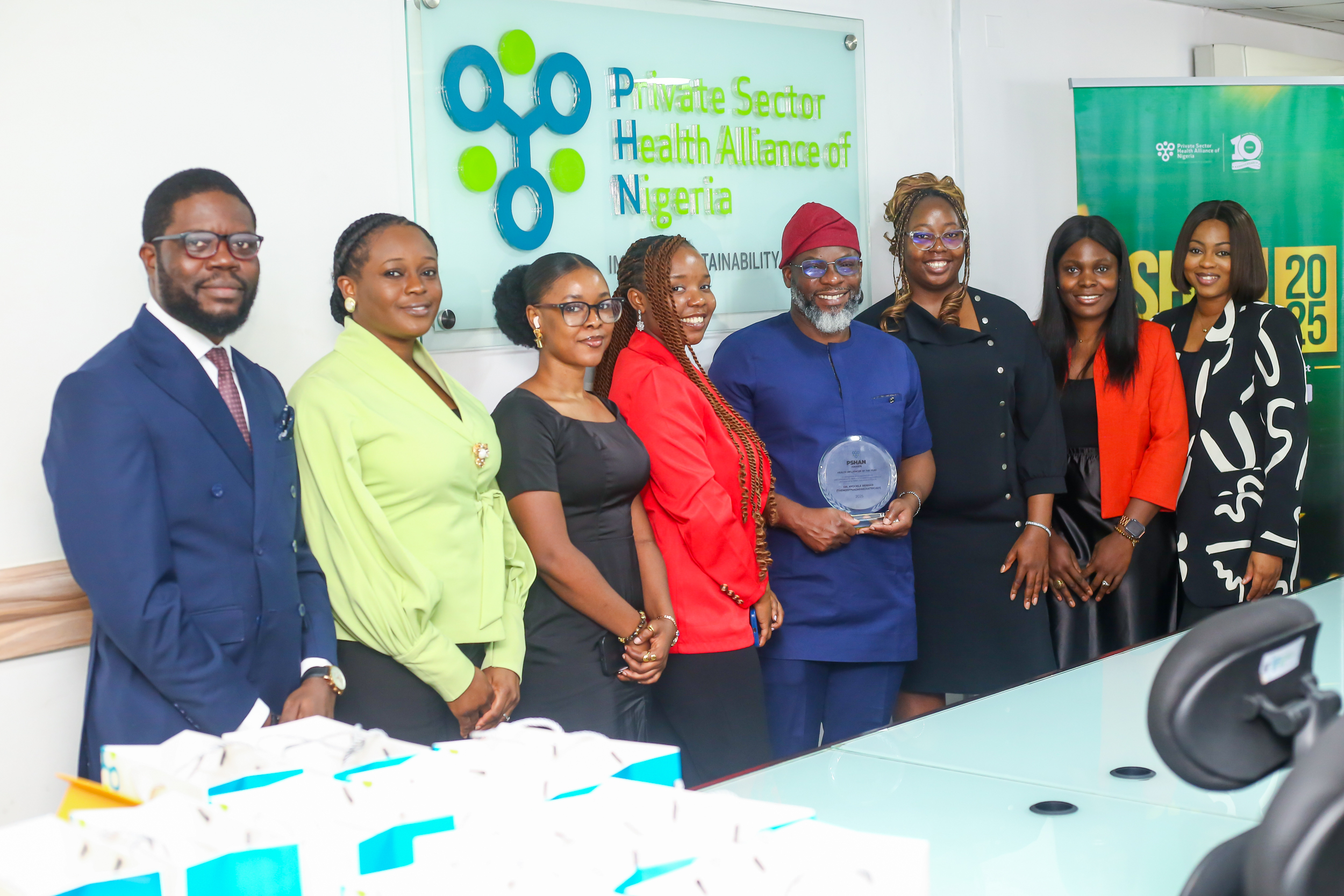The Federal Ministry of Health and Social Welfare has disclosed that more than 24 million Nigerians tested positive for malaria during the first three quarters of 2025.
The data, detailed in the 2025 National Health Statistics Report obtained by our correspondent, indicates a steady rise in cases over the period.
According to the report, 10,517,416 individuals were tested between January and March, with 7,301,279 confirmed positive.
In the second quarter, testing increased to 11,449,804 people, yielding 7,841,483 positive cases. Between July and September, 12,878,508 individuals were tested, with 9,324,470 confirmed positive. The cumulative total of confirmed malaria cases for the nine months stands at 24,467,232.
The report notes that the rise in malaria cases corresponds with seasonal trends, peaking during the rainy season when mosquito breeding is at its highest. Experts have warned that, without targeted interventions, cases may continue to increase before the end of the year.
Treatment data shows a similar upward pattern. Approximately 7,144,538 people received Artemisinin-based Combination Therapy (ACT) in the first quarter.
By the second quarter, 7,663,106 individuals were treated, rising to 9,043,786 in the third quarter. Overall, 23,851,430 patients received ACT therapy during the period.
Dr Iziaq Salako, Minister of State for Health and Social Welfare, said during the 2025 Joint Annual Review in Abuja that the Malaria Control Programme under the National Malaria Eradication Programme has made progress in addressing the disease.
Nigeria continues to face challenges such as delayed treatment-seeking behaviour and gaps in healthcare infrastructure, which contribute to the high malaria burden.
The report underlines the need for sustained public health measures and community engagement to curb the incidence of the disease.
Leaders pledge $11b for Malaria, others
Meanwhile, world leaders pledged $11.34 billion on Friday to support the Global Fund’s efforts against AIDS, tuberculosis and malaria, falling short of the organisation’s $18 billion target for 2027 to 2029.
The announcement was made at the Global Fund’s Eighth Replenishment Summit, held at the Sandton Convention Centre in Johannesburg on the eve of the G20 leaders’ meeting.
Peter Sands, executive director of the Global Fund, acknowledged the funding gap and called for a more strategic approach to global health financing. “Money will be tight, so we must be smarter,” he said, adding that “the old model” of development funding was over and that countries need to move towards self-reliance. Sands cautioned, however, that an abrupt transition could undermine ongoing programmes.
The Fund plans to reduce its operating costs by 20 per cent in 2026 in response to the shortfall.
The United States pledged $4.6 billion, remaining the Global Fund’s largest donor. Sands noted that under the current administration, not all funds pledged by previous administrations have yet been delivered.
The Global Fund, based in Geneva, warned that countries may experience cuts to existing grants through the end of 2026 due to the funding gap. Since its establishment in 2002, the organisation has reported saving some 70 million lives by working with governments to provide interventions such as insecticide-treated malaria nets, antiretroviral therapy for HIV, and tuberculosis treatments.
In previous replenishments, the Fund has also struggled to meet targets. In 2022, for instance, it sought $18 billion and ultimately raised $15.7 billion, falling short of the pledging goal. Sands emphasised that the current global health financing climate, including changes in aid policies in the United States, has made securing donor commitments increasingly challenging.
The summit underscored the ongoing tension between the need for sustainable funding and the broader expectation that countries themselves increase domestic investment in healthcare programmes to sustain progress against major infectious diseases.






